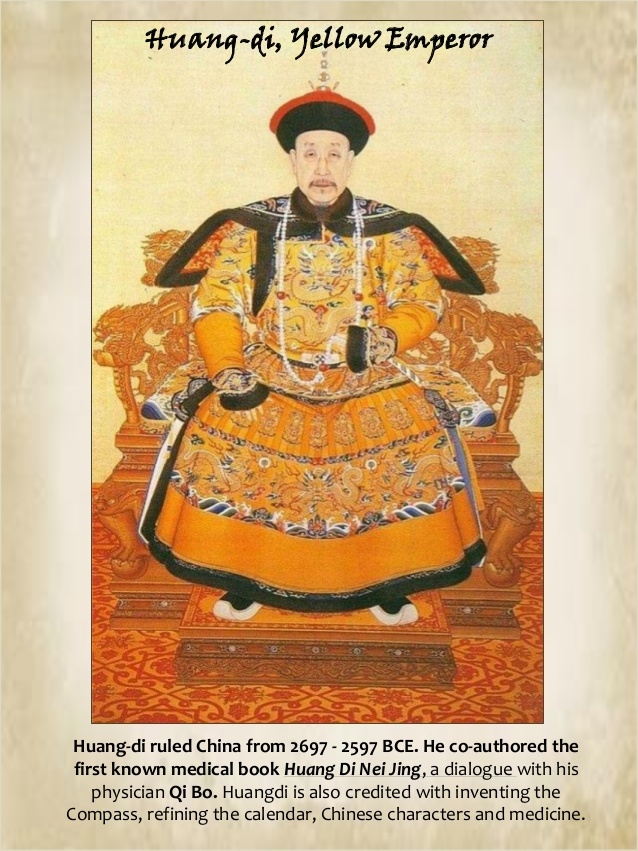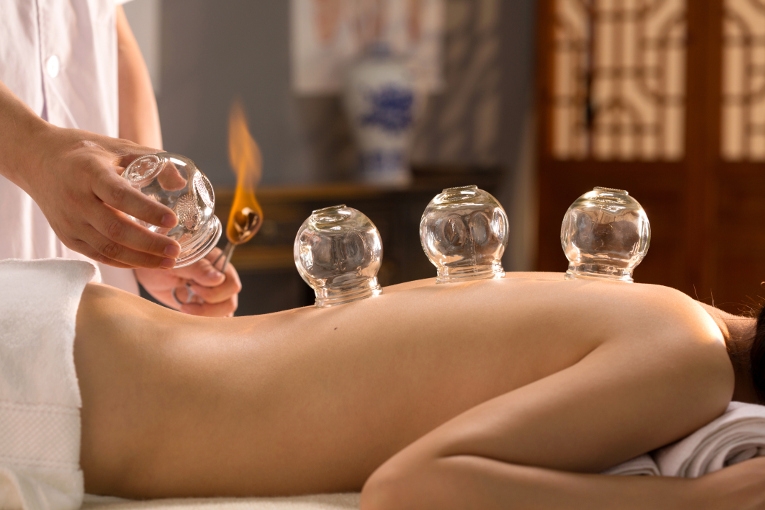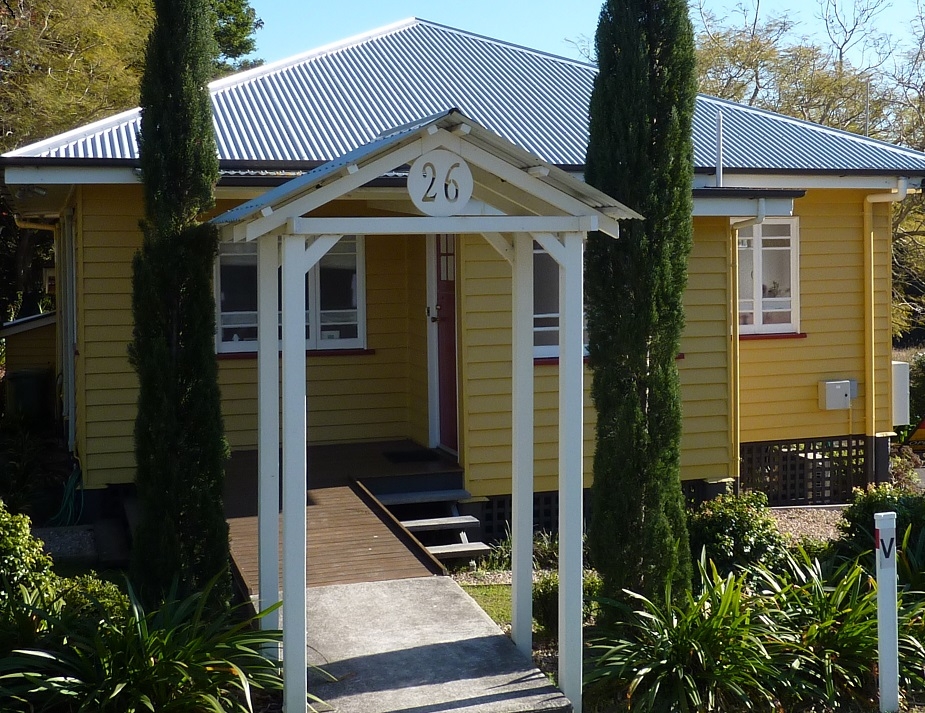Such exiting news, after practising Acupuncture and Remedial Massage down in Maroochydore and Mooloolaba for the past 7 years, Tracy is now working more days from her Maleny Acupuncture Clinic, where she has been practising for over 9 years. The acupuncture clinic is situated at 26 Coral Street, Maleny in the roving hills of the Hinterland in the Sunshine Coast Queensland. Tracy will be working from 9am until 5pm Monday, Tuesday, Wednesday and Friday with out of business appointments available by prior arrangement. To make an appointment please telephone Tracy Mcnab on 07 5435 2555

Acupuncture
Acupuncture The origins of Chinese Medicine can be traced back to documents dating back to 198 BCE, these were found within the Ma Wand Dui tomb in China, making Chinese Medicine one of the oldest recorded health care systems in the world. Today, acupuncture supports the treatment of a wide number of conditions. Acupuncturists are trained to use subtle diagnostic techniques that have been developed and refined for thousands of years. The focus is on you as an individual, not your illness and all symptoms are seen in relation to each other. How does acupuncture work? An Acupuncture treatment involves the insertion of fine sterile single use disposable needles into specific sites (acupuncture points) along the body’s energy pathways (channels or meridians) to clear energy blockages and encourage the normal flow of vital energy, or Qi, through the body. Acupuncture points are located at precise places along interconnected pathways that map the whole body Tracy may also stimulate the acupuncture points using other methods, including acupressure, moxibustion, cupping, laser therapy, electro-stimulation and massage, in order to rebalance the flow of Qi. What are the benefits of acupuncture? focuses on drug-free pain relief can be effective in the treatment of acute and chronic conditions according to evidence based clinical research studies takes an holistic approach by addressing the underlying root cause of the condition, as well as the symptoms. The approach links body, mind and emotions. assists in the prevention against disease and the maintenance of general well-being it is relaxing to...

Cupping
One of the earliest documentations of cupping can be found in the work titled A Handbook of Prescriptions for Emergencies, which was written by a Taoist herbalist by the name of Ge Hong and dates back to 300 AD. An even earlier Chinese documentation, three thousand years old, recommended cupping for the treatment of pulmonary tuberculosis. The Ebers Papyrus, written c. 1550 BC one of the oldest medical textbooks in the Western world, describes the Egyptians' use of cupping, while mentioning similar practices employed by Saharan peoples. In ancient Greece, Hippocrates (c. 400 BC) used cupping for internal disease and structural problems. In both Eastern and Western cultures, Cupping therapy supporters believe that cupping removes harmful substances and toxins from the body to promote healing. Tracy will take the oxygen out of a glass cup, then Tracy will put the cup upside down on your skin. As the air inside the cup cools, it creates a vacuum. This causes your skin to rise and redden as your blood vessels expand. The cup is generally left in place from 1 seconds up to 20 minutes, or it can be slide along the skin for a massage-like effect. A more modern version of cupping uses a rubber pump to create the vacuum inside cup a plastic cup. Wet cupping creates a mild suction by leaving a cup in place for about 3 minutes. Tracy then removes the cup and uses a small lancet or dermal hamer to make light, tiny cuts on your skin, then Tracy will place the cup on...

